In the 1980’s, then just a young teenager, I graffitied singlehandedly and on my own initiative the walls of the Munich Olympic Village with “Vergesst nicht 5.9.1972 (don’t forget 5.9.1972 )”, some with a Star of David.

My smears were there for a few years, before they were removed. I had placed them in various strategic locations, including in the heart of the shopping area. on the side of the pedestrian walk way from the underground station to the village, inside the underground car drive, and in front of the entrance of Munich university sports faculty, at the end of Connolly Straße, near where on the 5th. of September 1972 the drama of a terrorist hostage kidnapping unfolded with one man murdered straight away. The 5.9.1972 would end before the day was over with six dead coaches, five dead athletes, one dead German police officer, as well as five dead members of the terrorist group Black September, a group supported by the PLO.
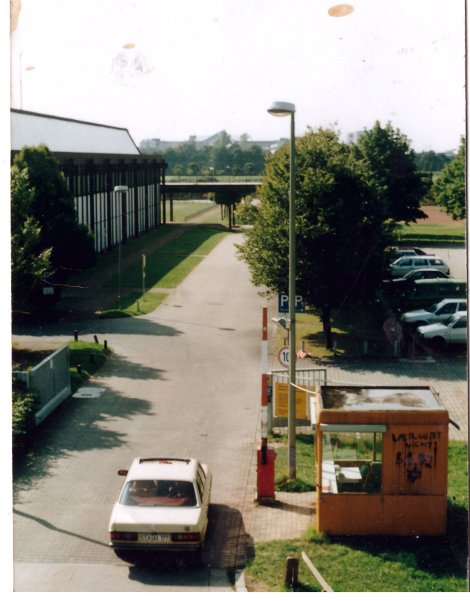
The Olympic Village was the place I had later grown up in. My father had purchased a mortgage there before the Olympic Games. Nobody was able to predict the unfolding drama there during the games when flats were being sold.
Unable or unwilling to change plans, we moved into the family’s flat in 1973. I was only four years old.
I have memories of the 1972 TV-coverage on the 5th of September, incidentally, also my mum’s birthday, at the tender age of 2 1/2. The images were re-enforced by countless visits to the memorial plaque at 31 Connolly Street, especially when our Israeli family members came to visit, but frequently also by myself. I would always leave a stone, the Jewish way of honouring the dead at a grave site.
In the Olympic Village, and to most in Munich, the memory of the terror of 1972 became a distant, even forgotten fact. For me, the child of possibly the only Jewish family there at the time, that was not the same case. I had a strong feeling of the village in the 1980s not adequately honouring its past. It is what let me to the act of writing on the walls of the village with black paint, my only such action ever (I got caught by a German passer-by on my last mission, who spilled the bucket of black paint over my head). By 1991 I had contacted Ankie Spitzer, the surviving widow of Andre Spitzer, the fencing coach who was murdered that night in September, on this lack of remembrance. She could not believe that a Jewish family could live there. From her perspective, this was not a habitable location. She was adamant that the history of the village must be remembered.
Four years later, in 1995, a sculpture to the memory of the victims was erected, but not in the village, but inside the Olympic Park. I was not there for its opening. I had already left Munich at the time for London, my home of choice. I don’t think I would have chosen the village as a home, as my parents did, but neither would I have chosen Germany as a home, where my father, a Jewish Shoah survivor from Poland settled after Germans had murdered almost all his family members.
Ankie Spitzer and other bereaved families of the 1972 Israeli Olympic team continued the struggle to get the terror acts adequately remembered, including at the London Olympic Games 2012. It was refused then as it had been for a long time, in part due to false claims of upholding political balance and neutrality. But through the terror of 1972 the Olympic ideals too were attacked. Only at Rio 2016 the German IOC-President Thomas Bach recognised that. He finally instituted an official remembrance inside the Rio Olympic Village, a breakthrough after a long 44 years of side-lining.
Finally, in September 2017, on the initiative of the Bavarian government, with support by the IOC, and the German Sports Federation, the memorial centre opened that is overlooking the Olympic Village in Munich. It finally documents and remembers the terror act and its victims in the way necessary.
Having visited the centre now, I can say it finally expresses that, what always was also part of my, if not most people’s association of the village across the world.
In the Olympic Village, the ambivalence about its past can now never happen again, one hopes.
But terror attacks are not at all absent here. Only in 2016 the nearby Munich “Olympic Shopping Centre” (Olympia Einkaufszetrum) was the scene of a terror-run by one man, who, it is thought, had deliberately targeted migrants, exploiting the continued vulnerabilities of civil life. Munich went hysterical that night assuming a widespread terrorist attack. Nine people, many young, were shot dead before the assailant committed suicide. Berlin saw another attack carried out by one man in December that year inspired by Daesh ideology that ended twelve civilians’ lives. There were smaller incidents in Bavaria of that nature too in the same year, whilst Germany continues to be the scene of far-right terrorism also. Munich, in fact, is the place of one of the most protracted and long-running trials against a former far rights terror cell, the NSU. It had executed ten people in the 1990s, who were all migrants to Germany.
I am pleased that in my life I have not only spent efforts to commemorate the terror of 1972, in part through graffities, articles and a lecture at a university but also worked for Israeli Jewish – Palestinian Peace Initiatives. Conflict can never be solved by terror and the taking of innocent lives. Terror delays ending conflict, it stops and disrupts the lives of innocent civilians and causes unnecessary pain. The PLO itself had abandoned its violent terror attack resolute at the end of the 1980s, not that others failed to continue to use that method.
Peace can only be established by inter-human communication, exchange and compromise.
And peace must be secured by warnings and remembrance of past terror events and pointing out society’s vulnerabilities. This, the new Memorial Center in Munich, created by Brückner & Brückner, does effectively, whilst honouring the murdered and explaining the events that led up to the 5th of September 1972. Alongside, we require a security system and service that protects civilians from overt violent interlopers and terrorists proactively. I would also argue for the provision of avenues and initiatives and generous resources for conflict reduction, conflict transformation and peace building as necessary. The Olympic Games are one such initiative, in their aims to unite young people from all corners of the world by bringing them together through sport. But conflict transformation is an issues that is as local in need as it is in global demand
The opening of the memorial centre in Munich symbolises a late step towards truth for Munich and the Olympic Village in Munich. Both were in denial about the events for decades. Now all who visit this memorial can feel what I always knew to be true.
One hopes that its resounding message is a rejection of the ideology of terror.
- END
See also on this topic:
My article during the row of where the memorial site should be erected https://dzx2.net/2015/01/11/terror-not-remembered-dont-kill-our-snow-fun-hill-a-sorry-tale-of-a-limping-democratic-intervention/
My academic lecture at Edgehill University on the topic
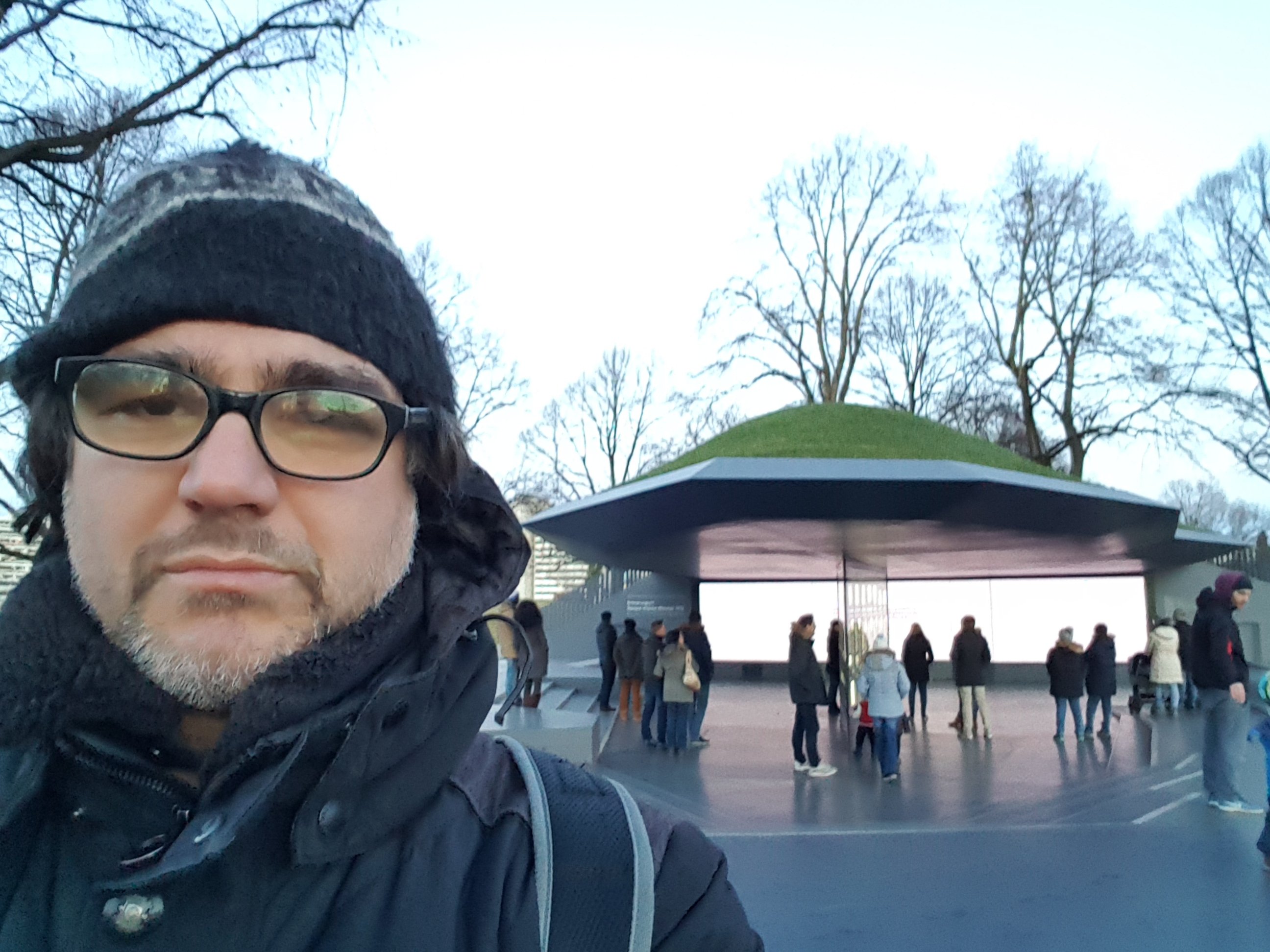
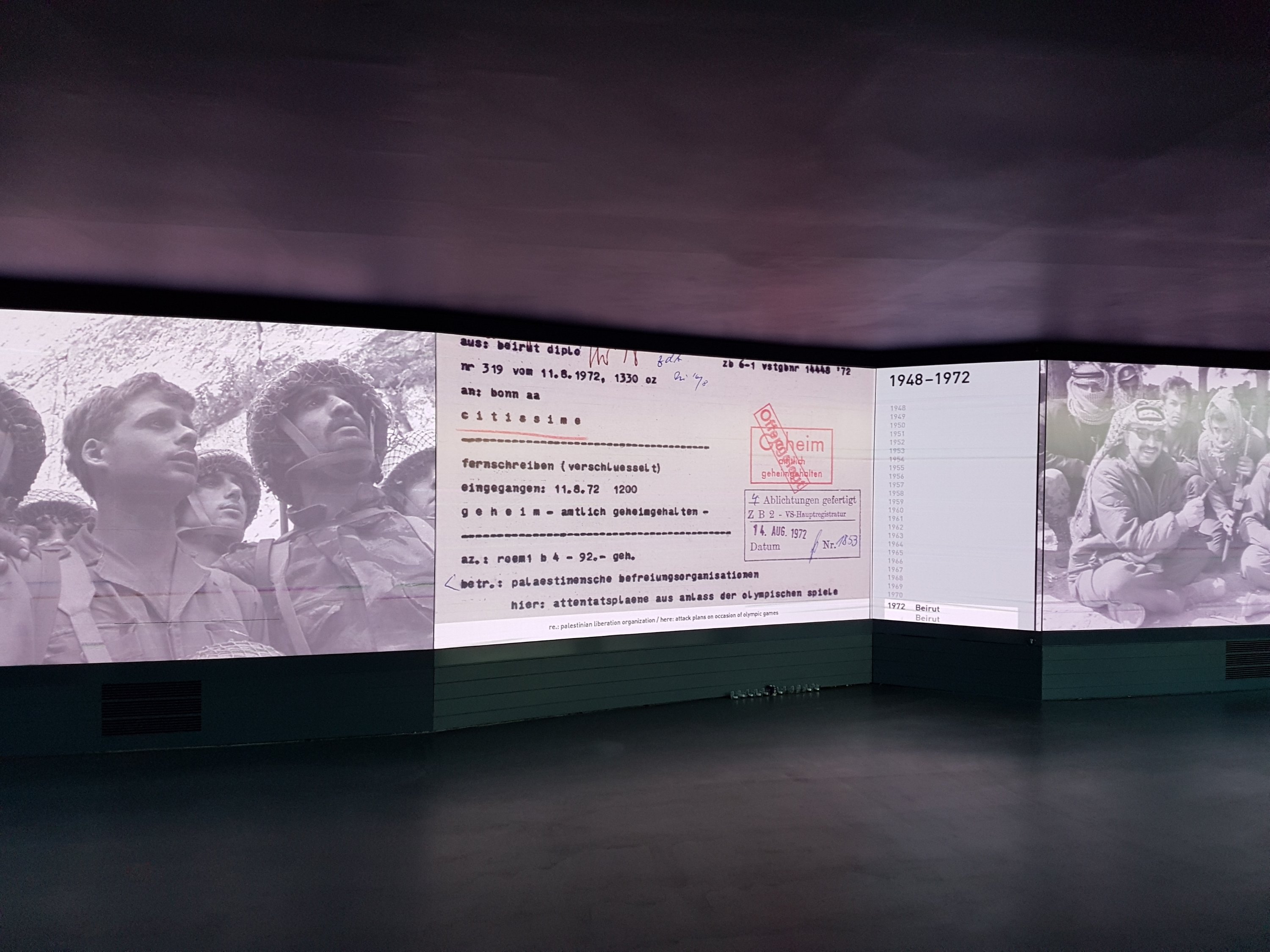
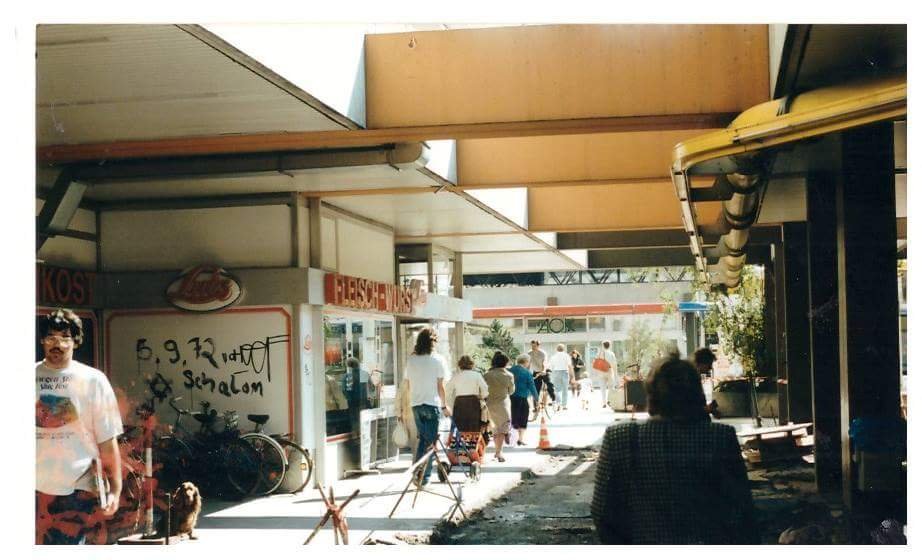
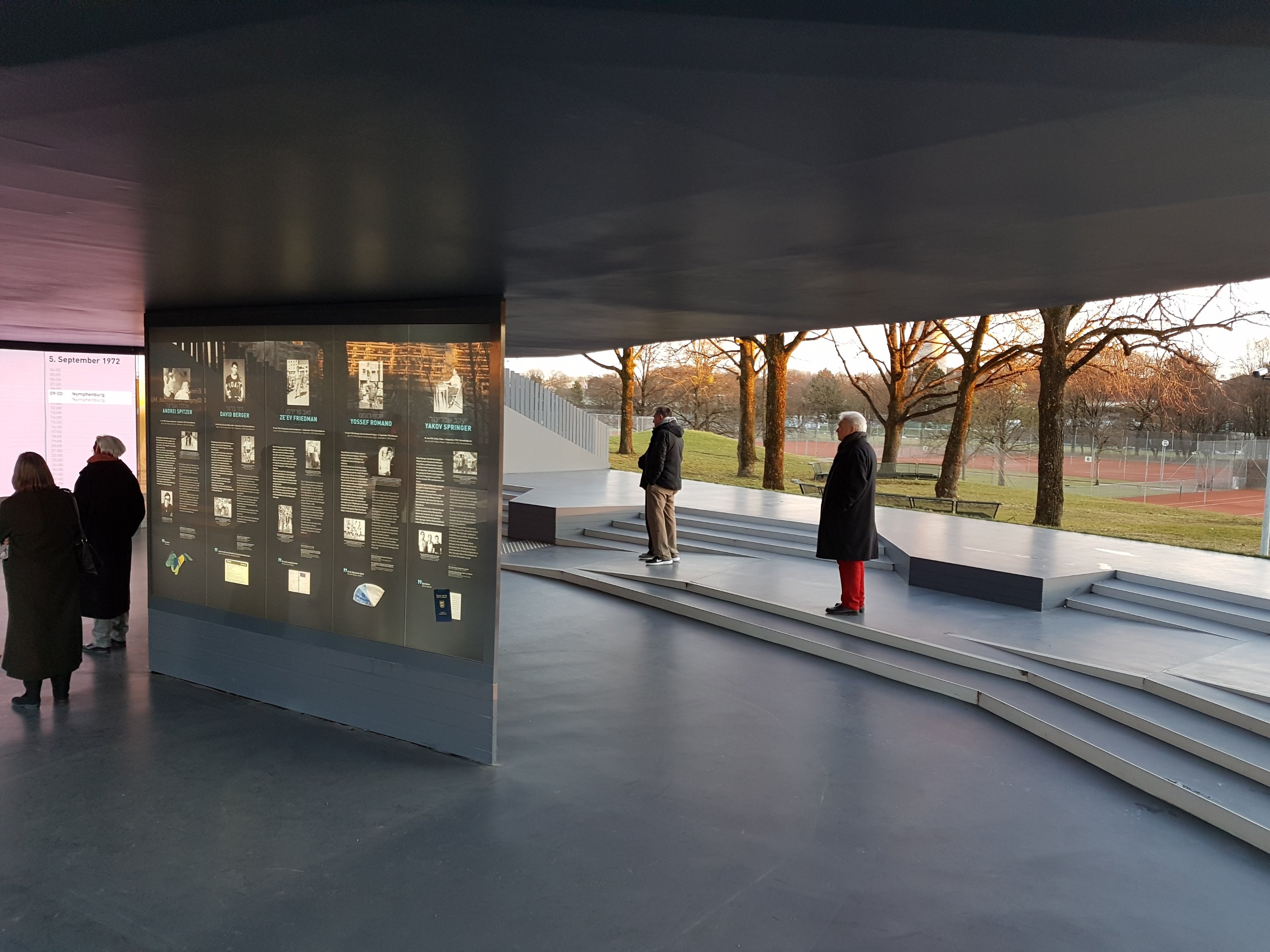
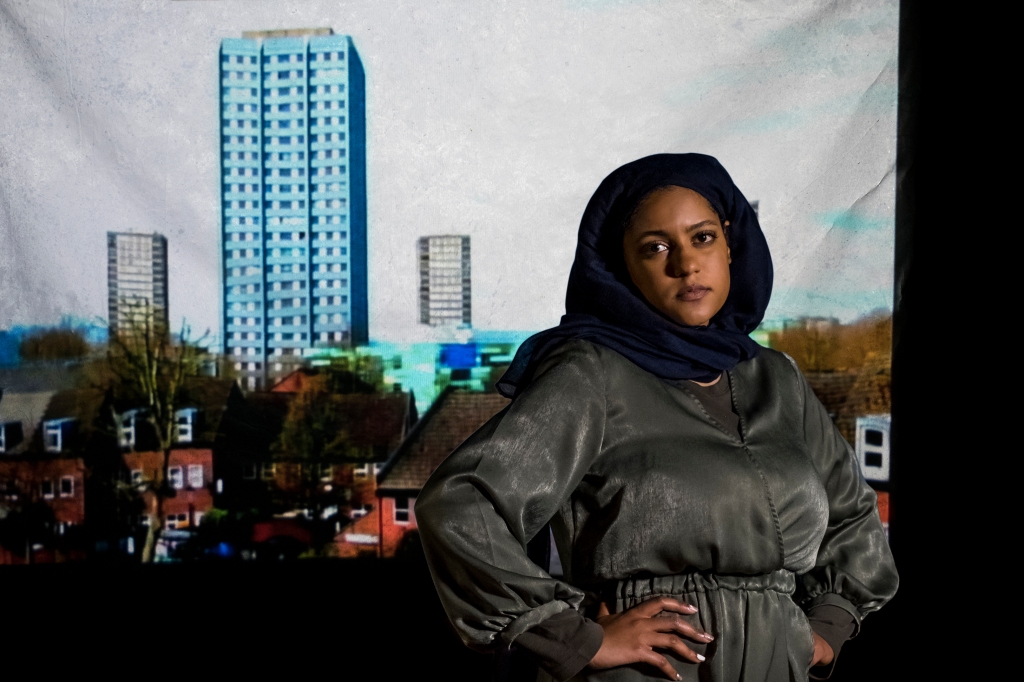
You must be logged in to post a comment.